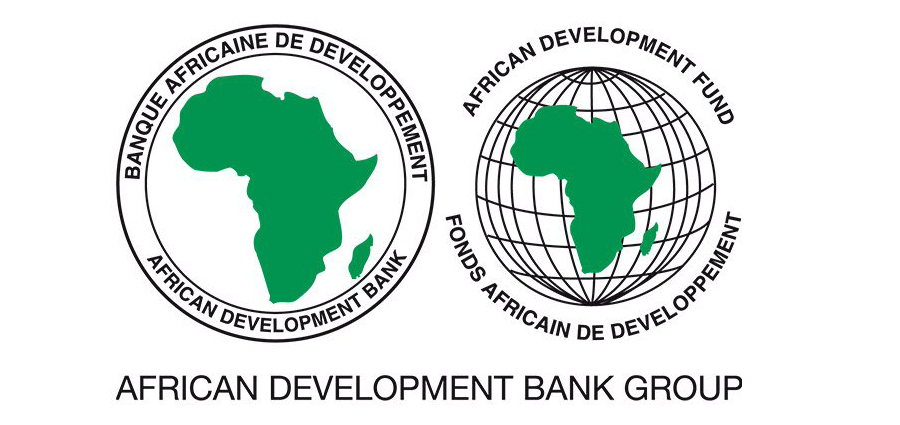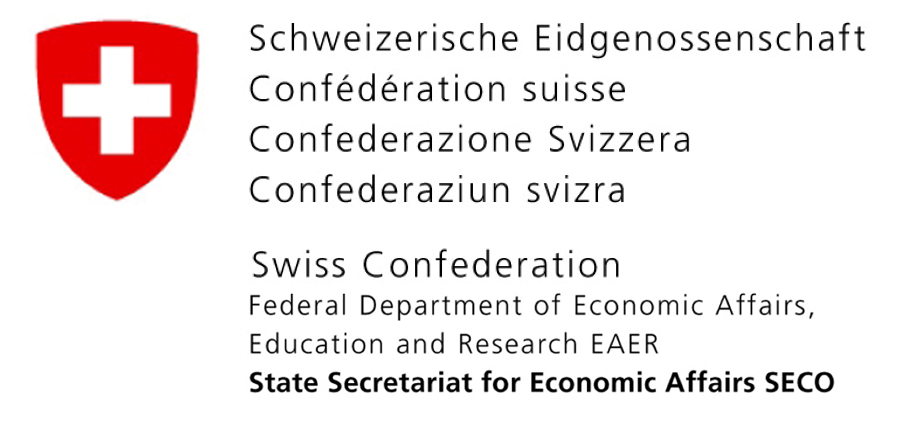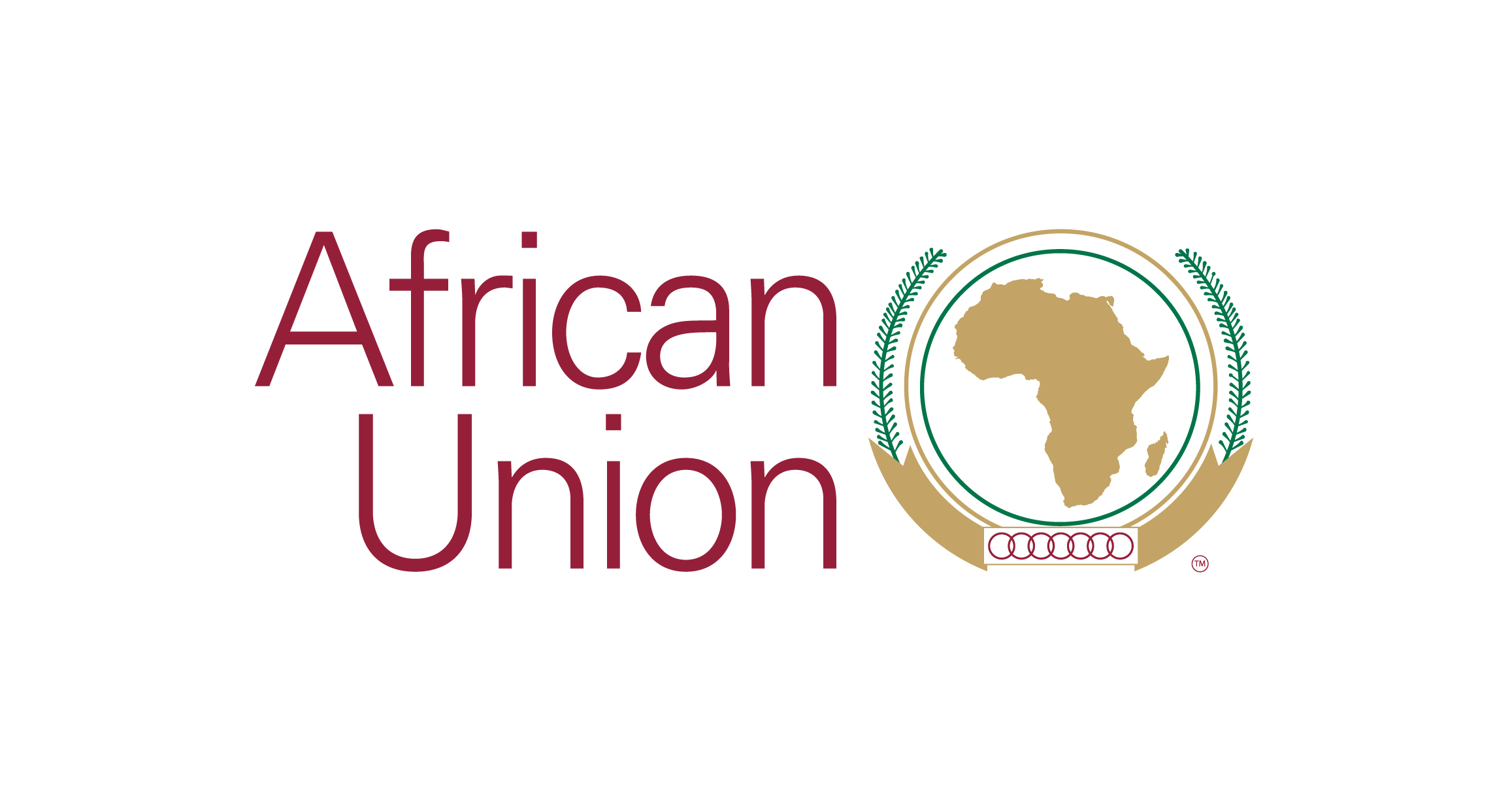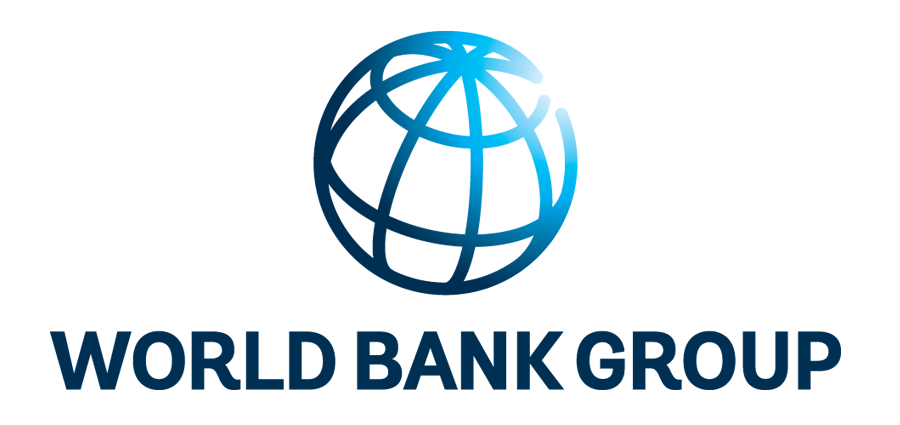Implementing Second Generation Road Funds -- Lessons Learned
Ajay Kumar

The note is based on a review of experience with the operation of second-generation Road Funds in Benin, Ethiopia, Ghana, Kenya, and Zambia. Findings of this review are based on an assessment of the structure, and process of setting up, and implementing the Road Funds, as well as an assessment of the objective achievements to date. While all countries have not moved at the same pace, they have progressed to various stages to introduce institutional, and financial reforms, in the spirit of the Road Management Initiative. Lessons suggest that common among the reviewed countries, were incremental user charges being collected for road maintenance, managed by autonomous Roads Boards, clearly separating financing, from executing functions. Though funding for maintenance shows consistent increases, the amounts are still short of total requirements. It is important to note that Roads Funds Boards arrangements represent progress on management, accountability, transparency, and increased awareness on the need to address long neglected road maintenance needs, and this is expected to result in efficiency gains in the long run. In addition, revenue-raising through Road Funds, should match absorptive capacity, rather than identified maintenance expenditure needs.







